
Gone Girl
raccoontakugamiGone Girl
Textual Analysis
Overview
Gone Girl (2014) is a psychological thriller, crime and mystery genre hybrid based on the book and then later adapted to film by Gillian Flynn and directed by David Fincher. Psychological thriller and mystery are put together often as elements of both genres compliment each other in both plot and enjoyment for the viewer. crime works well with mystery as they are mostly the same thing and it also fits with psychological thriller due to its mystery elements. The film follows conventions of all three. this is used to develop the film's plot and also will play a major role in the turnout of the film. An example of this is the fact the the film uses a character who is 'not right' and this is also normally a psychopath. This films follows that as the main 'villain' of sorts of this film, Amy Dunne, is a psychopath who will go to extreme lengths to have someone killed, even planning to kill herself to ensure the 'hero', Nick Dunne, is executed. This is taken from Propps Theory. This is eventually shown to the audience half way through with a 'how she did it' which is common with crime films but breaks convention as it is normally shown at the end after the villain is caught, another way the convention is broke as she is never caught as she changes her story and they both live. The reason for this is so that the audience can understand her mindset and the extreme lengths she has taken to make sure that Nick is proved guilty of killing her and is then executed. This will draw them in and make them want to see the climax of the story at the end of the film.
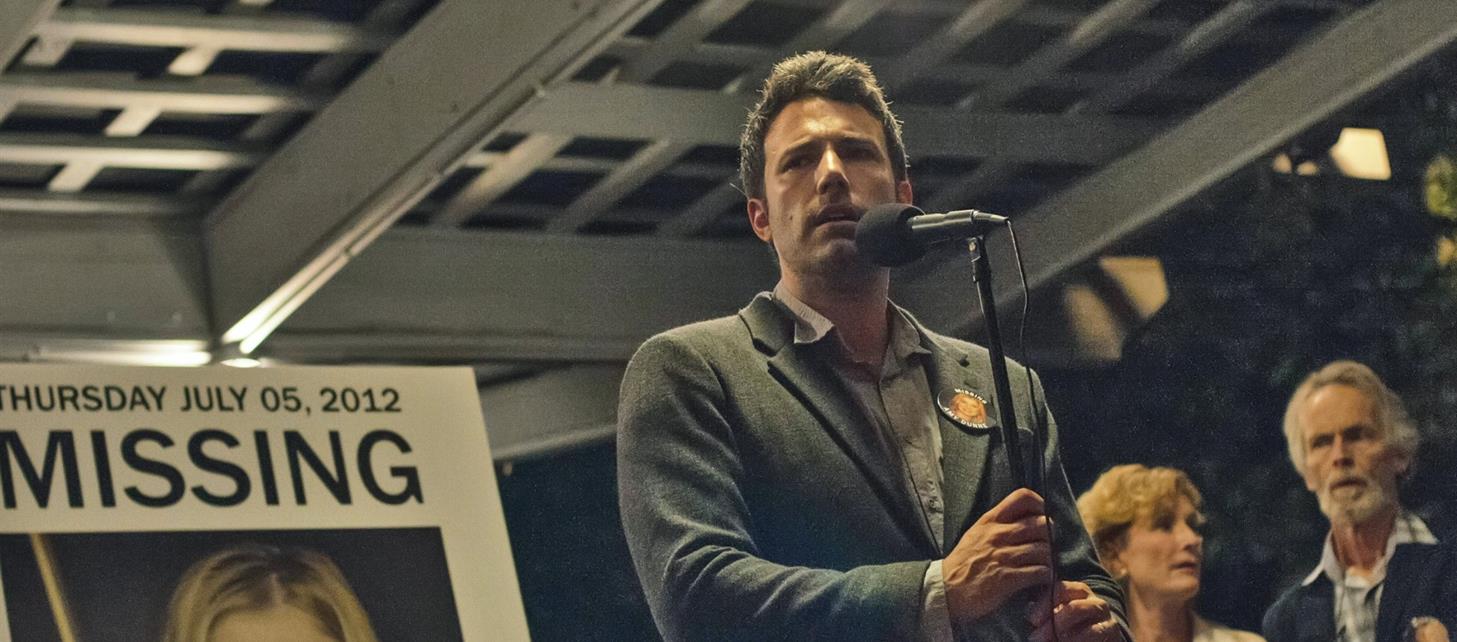
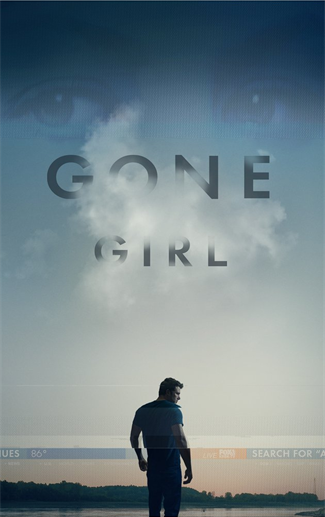
Narrative
This film follows a man called Nick Dunne who returns home to find his wife, Amy Dunne, gone and his home suspiciously wrecked. he then begins to try to find his wife with the help of the police and the general public. After some evidence is found, the police, the public and the media begin to question Nicks Innocence in this and believe that he killed his wife whilst Nick desperately tries to find her so that he can prove he is innocent and breaks his wife's plan to get him executed for killing her as the film takes place in the state os Missouri, a state of which the death penalty is still in place. This type of story is uncommon as the story shows how he is framed and tries to prove his innocence. It helps to create suspense as you don't know what Amy's next move is and how it will affect Nick and also how it will affect the police's, the media's and the public's opinion of him. The film is well written as the audience can believe that the events could actually happen and that this situation can occur. Recently in the news, a similar situation has actually occurred in America. The film, may be hard to grasp due to its flashbacks and even sometimes flash forwards.
The opening scene of the film does not show any of this except for the introductory monologue, which foreshadows the rest off the film. He says ' I picture cracking her [His Wife's] lovely skull, unspooling her brain, trying to get answers.' which foreshadows how he is framed with murder, the time he says this quote is never known. The film itself follows Todorov's theory but the first scene never shows the equilibrium or the disruption of the balance. Though in a way it does hint towards it in the fact that Nick says that he has a wife which states the equilibrium is that they are married and living . The disruption is Amy's disappearence and him trying to fix the balance is him trying to solve what happened to Amy and bring her home and the new equalibrium is when Amy returns but traps Nick, using the baby as leverage. The film is creative in that if you look at different characters, they have differnt ways of seeing the disruption of the balance and their attempt to create a new balance. Nicks is as stated as above but
Sound
Most of the sound in the opening is non-diegetic. The same non-diegetic piece of soundtrack is used throughout most of the opening. It is a deep collection of tones, meaning the audience can feel it when they watch it. The melody itself does not have a rhythm to it meaning that the audience are always off-guard when it changes which will keep them on edge. More tones are gradually added in, making it seem as if it is building up to something, this leaves the audience in anticipation of what is to come next at the end of the buildup. A identifiable melody is eventually created, which is most likely the main theme of the film and will give the audience something to remember. the entire meoldy is set in a minor key, this will disorientate the audience as it as most notes seem 'negative', it also helps to set the dark and twisted mood of the film.
Some sound is diegetic. This is mostly just background sound like wildlife, cars, and running water. these help to show that the setting is in a normal city or village, just like ones we live in. This helps to show the reality of the film and is used to draw in the audience to the world of the film.
The following video is the track used in the opening credits
Chris Kay

Mise-en-Scene
Most shots are centered on normal everyday objects though some do matter. There is a shot of a FOR SALE sign in front of a house which acts as fore-shadowing for the climax of the film. the house is reduced showing it cannot be sold just like how Nick is trapped by Amy due to her pregnancy with an old sperm sample of Nick's.
Frame Analysis
The shots used in the film's opening are used to set the scene of the film and establish the setting of the film and to create a sense of normal life despite how the soundtrack is contrapuntal to the shots.
During this shot, the character of Amy Dunne is seen lying on Nick Dunne's chest, him stroking her hair. Everything seems relaxed and calm. The camera is a slight high angle with gives the impression that she is weaker than her husband. The shot also features alot of blue which is seen as a colour of sadness and depression. This could show Amy or Nick's mindset that this marriage has made them depressed and that they are sad for each or for themselves as events of this marriage.
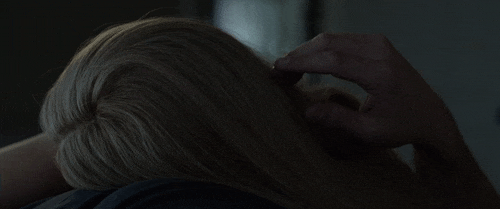
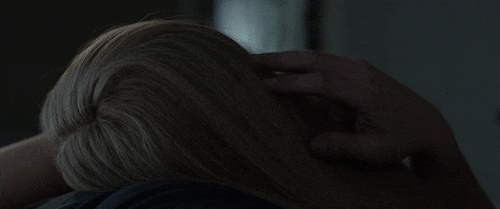
Amy is then seen to look directly at the Camera which creates a sense that the character is looking to the audience for help but in the films world, she is looking to her husband for help. She doesn't blink which disturbs the audience as that is not normal behavior as this shot is not slowed down at all. This also foreshadows the revelation that she is in fact a psychopath. She is seen to be looking up at her husband because if the camera angle, which makes it seems like she is not the one in control and slightly hints at an abusive relationship between the two that she has taken a submissive role to avoid her husbands 'wrath'.
Audience Profile
Psychological Thrillers, Mystery films and Crime films are almost always going to draw in an audience of mature people due to the mature themes that are often explored in these films. It is also because the complex thought needed to understand the motives of Amy and how she managed to setup him being framed take a lot of thought and careful thinking to understand properly. This film is contains a lot of mature sex scenes as well as strong gore which I believe would make the target audience of this film students aged 18 and above. The film try to draw in people who are more intelligent in order to put together peices of the puzzle. This film would be suitable for some demographic profiles. People of Group E and D may struggle to understand but this is not always the case. People of C1 and above are most likely to understand and be drawn to the film. This film would be suitable for active thinker but Strugglers, Mainstreamers and resigned may struggle.
Conclusion
In conclusion, the film starts in a creative and intriguing way that shows the audience how thought provoking the film is and how confusing it may seem which hooks the audience as they want to understand what is happening and gets them to stay to the conclusion for the mystery to be unraveled. I as a student who has done GCSE media found this opening hard to analyze due to to the amount of hidden detail in each shot but the things that I have found are very detailed. I would love to go through it again to find more of the hidden messages left by David Fincher. It has given me a lot of great ideas for my opening piece and shows that a lot of our current ideas will need to change. The music of the films opening has been very inspirational and has helped me to come up with my own ideas for the soundtrack of our film and how I should compose it.
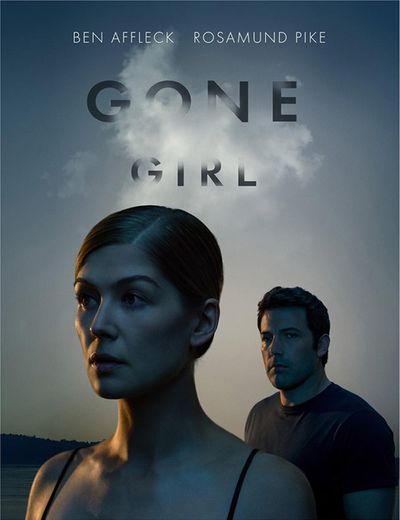
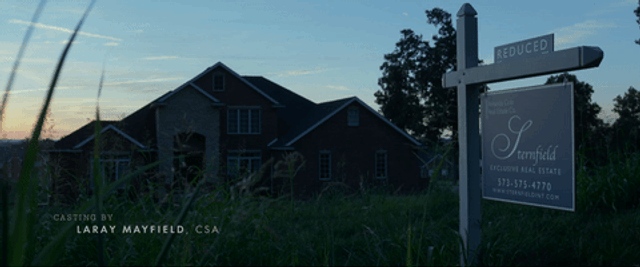
There is a shot of a rusted sign, which almost makes it seem like the place has been abandoned, adding a sense of mystery and creepiness and is used to unsettle the viewer and creates a sense that nothing is as it seems.

There is a shot showing a warning sign and shows the location of the film, at least at this point, to be 'North Carthage'. This is a fictional place but is based on and filmed at Cape Girardeau, which is at the base of the Mississippi river, in Missouri, the same state that the film is set which is crucial to the plot.
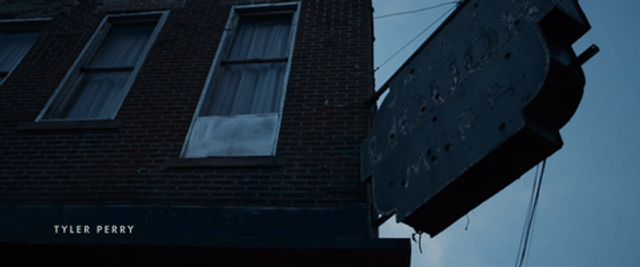
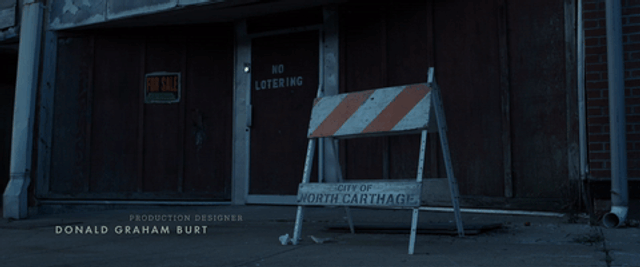
The shot of the clock tower that sweeps from the bottom shows the town in its entirety. The shot is also longer than the others and breaks the pattern of having a production credit fade in from the get go. This shows the shots importance in how it establishes the scene in the film by showing the main location in great detail. It also gives us the in-world time of 7:50 which details when about the scene with Nick and Amy takes place.
Delete
Permanently from your library.
Cancel
Delete
Delete
Permanently remove from your library.
Cancel
Delete
Download
;
Save to view offline
Emaze
Play in
Emaze Viewer
Download Viewer
HTML
Play in
browser zipped format
Video
MP4 movie format
PDF
Static
format
Your emazing video is on its way!
An email will be delivered to .
Please allow 30 minutes to 6 hours time depending
upon the size of the video. Thank you for your patience.
Duplicate
Add a copy to your library.
Cancel
Duplicate
;
Print Presentation
landscape
portrait
Cancel
Print pdf
Print


Compatibility Mode
This presentation has been simplified to fit your browser.